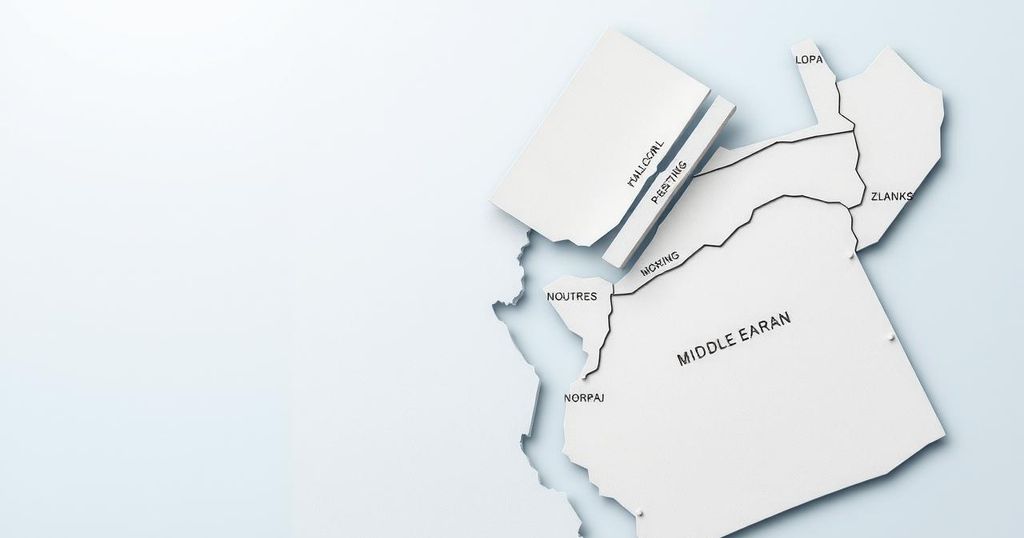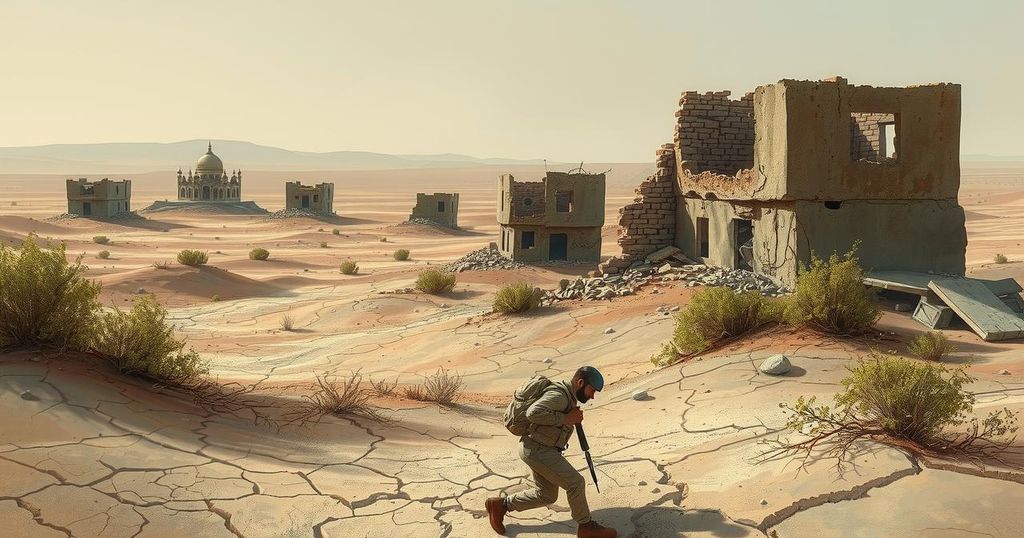Ahmad al-Sharaa, Syria’s interim president, visited Saudi Arabia, indicating a potential shift away from Iran as Syria’s primary ally. This trip is significant given Saudi Arabia’s role in opposing the Assad regime in the past. Al-Sharaa’s faction, HTS, has rebranded itself, evolving from its historical ties with al-Qaeda. Al-Sharaa’s administration strives to embrace inclusivity while managing its public image amidst changing regional dynamics.
Syria’s interim President Ahmad al-Sharaa embarked on his inaugural foreign visit to Saudi Arabia, signaling a potential pivot away from Iran as Syria’s primary regional ally. Accompanied by Foreign Minister Asaad al-Shaibani, al-Sharaa’s journey to Riyadh, possibly facilitated by the kingdom, was distinctly marked by the presence of a Saudi flag in photographs published by state media.
State television emphasized that Saudi Arabia was the first location of al-Sharaa’s travels, underscoring the importance of this diplomatic engagement. Historically, Saudi Arabia has supported various groups aiming to displace former President Bashar al-Assad during the tumultuous period following the 2011 protests, yet these efforts were largely thwarted by the regime’s alliance with Iran and Russia.
The context shifted following a decisive military push by al-Sharaa’s faction, Hayat Tahrir al-Sham (HTS), which previously held ties to al-Qaeda but has since redefined its public image. This evolution reflects a strategic adjustment as the group seeks legitimacy and broader acceptance in the region, aiming to distance itself from its past affiliations.
Throughout his tenure, al-Sharaa has adopted a military aesthetic reminiscent of leaders like Ukrainian President Volodymyr Zelensky, while also making efforts to include women in his administration and foster connections with Syria’s diverse ethnic and religious communities, including Christians and Shiite Alawites.
The significance of Ahmad al-Sharaa’s visit to Saudi Arabia lies in the historical dynamics of Syria’s alliances. The Syrian conflict has seen profound shifts since the onset of civil unrest in 2011, with various factions vying for power. Syria’s historical ties with Iran have been challenged by emerging dynamics within the region, especially as al-Sharaa leads a faction that has shifted allegiances in light of recent military successes. Saudi Arabia’s prior support for opposition groups and its current role in Syrian diplomacy indicates a complex geopolitical landscape that continues to evolve.
In conclusion, President Ahmad al-Sharaa’s visit to Saudi Arabia represents a notable strategic recalibration for Syria, suggesting a distancing from Iran and a desire to strengthen ties with Gulf nations. This diplomatic engagement is indicative of broader shifts in the regional balance of power, as factions within Syria navigate their identities and alliances in a post-conflict landscape. As the situation evolves, it remains crucial to monitor the implications of these developments for future regional stability and governance in Syria.
Original Source: www.scmp.com




